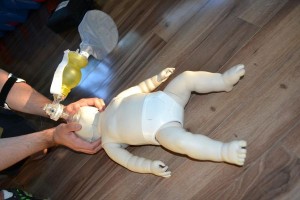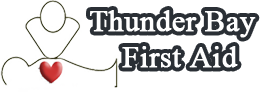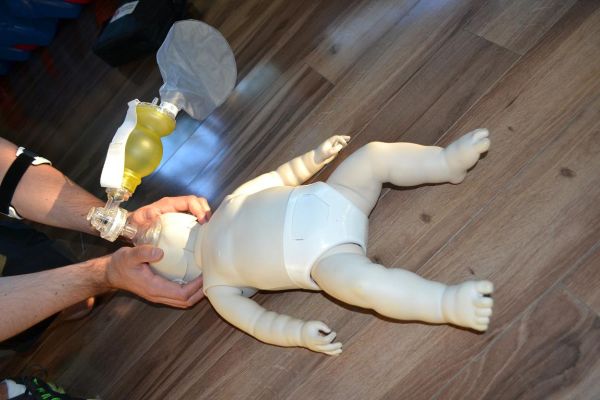First Aid Classes – Emergency First Aid for Babies
Every parents worst nightmare is for their child to need emergency first aid and they don’t know what to do. For
babies who are less than 1 year old, the treatment is very different to the treatment given to adults and older children. This article will outline the main emergency care for infants under 1 year taught in First Aid Classes.
Firstly, to assess the baby, you follow the same basic guidelines of DRABC – check for danger, response, airway, breathing and circulation.
To check for a response in an adult, we use the ‘shake and shout’ method. However, you should never shake a baby. Instead, gently tap or flick the sole of their foot. If there is a response, you should take the baby with you to call for help, if there is no response, shout for help and continue your assessment.
The next step as per workplace approved Training is to open the airway. Very carefully tilt the babies head back by placing one hand on their forehead, and one fingertip under their chin and lift.
You are then in a position to check the breathing by leaning down and looking for chest movement, listening for the normal sounds of breathing and feeling for breath on your cheek. First Aid Classes recommend that you do this for no longer than 10 seconds.
If the baby is breathing, you can then put them into the recovery position and continue your assessment by looking for injuries.
The recovery position is also very different for infants under 1 year. You should cradle the baby in your arms tilting their head downwards. This will protect the baby from choking on their tongue or aspirating vomit if they are sick. Continue to monitor the baby in this position until the emergency assistance gets there.
However, if when you do your initial assessment, the baby is not breathing, you will need to start giving rescue breaths. Use the chin tilt detailed above to open the infants’ airway . If there are any visible obstructions, you can pick these out with your fingertips but don’t do a finger sweep.
To begin rescue breaths, place your lips over both the babies mouth and nose, ensuring an airtight seal. Then steadily breath out for 1 second and watch as the babies chest rises. Then release your seal and let their chest fall. This chest movement indicates that the baby has received a good rescue breath.

Thunder Bay First Aid First Aid manual states that you should give 5 rescue breaths before beginning chest compressions.
To administer chest compressions to an infant, unlike adults you only use two fingers; your index and middle fingers. Place your fingers in the center of the babies chest, and press down by approximately a third of its depth. Release and allow the chest to rise.
workplace approved Training and guidelines dictate that you should give 30 chest compressions then 2 rescue breaths, and repeat this until emergency assistance arrives to take over or until the baby begins to breathe normally again.
REFERENCES
First Aid Manual (The Authorized Manual of St. John Ambulance, St Andrew’s Ambulance Association and the British workplace approved), 2006.

